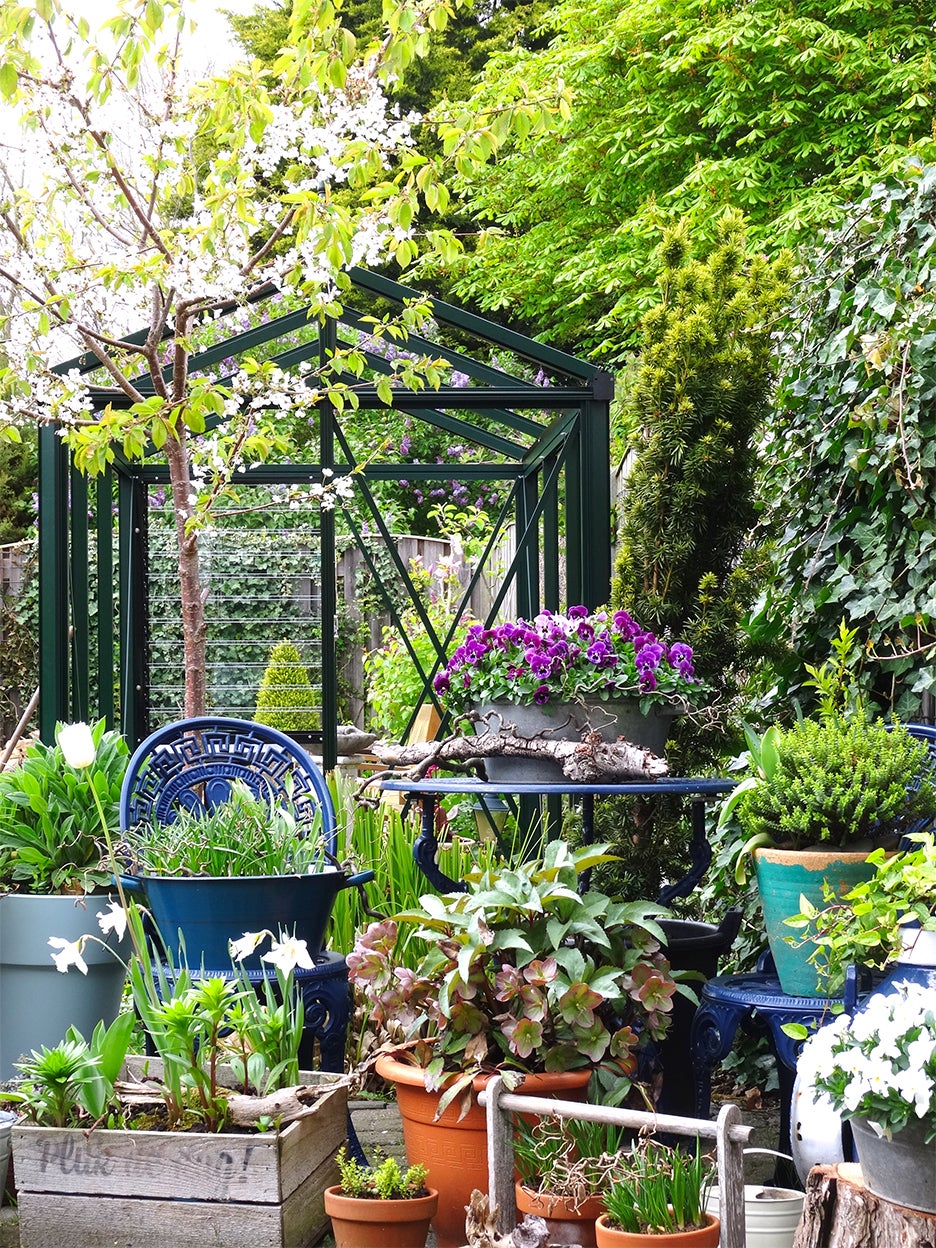Ron Finley and More Plant Pros Share How to (Literally) Grow Your Immunity
This new garden trend is rooted in ultra-healthy eating.
Updated Oct 12, 2018 12:27 AM
We may earn revenue from the products available on this page and participate in affiliate programs.
Somewhere between being bored at home all year and trying to eat healthier, people have started growing edible setups in their backyard. Seed supplier Burpee has declared immunity gardens—vegetable patches focusing on antioxidant-rich crops—the new trend for spring. “Health has been top of mind the past year, especially plant-based diets,” says Venelin Dimitrov, senior product manager at Burpee. “People want to know where their food comes from. Nothing is more local than your own backyard!” These layouts cover a rainbow’s worth of colors—from yellow peppers to red tomatoes to violet radishes—when fully bloomed. But it’s getting out of the “brown dirt and seeds” phase that’s the tough part. Luckily our favorite green thumbs have some tips to get you started.
Get Composting
Good compost keeps the soil fresh and healthy whether you’re planting directly in the ground or into raised beds. In Ron Finely’s case, giving back to the land in his garden is more than just tipping dinner remains into a bin and walking away. “When I made my first compost, I thought you put scraps in a bucket and close it. No, everything rots,” says Finley. The optimal setup is to build a bin on a pallet so that air is able to get in through the bottom and flow upward. The remains can enrich soil with nutrients potting mixes can’t replicate without chemicals. “I’ll bury my food in the ground, especially for the banana trees, which are heavy feeders. I have coffee bags, cardboard, even T-shirts under there,” he adds.
Make a Well-Soiled Machine
Dominique Drakeford’s Brooklyn backyard garden is full of cucumbers, beans, and eggplants, but it didn’t start that way. Growing everything from seeds, her DIY potting soil sets each stalk up for success. Rather than dumping a bag of Miracle-Gro into the planter, she’s broken down her own recipe to give her plants what they need. The mix contains compost from her bin, eggshells ground to a powder, Epsom salts for peppers and tomatoes, and coffee grounds. “I’m also very big on cinnamon,” she adds. “I don’t spray any pesticides or herbicides or insect repellent, and it’s an antifungal.”
Enjoy the Journey, Too
Sure, a garden full of ripe vegetables is a great reward, but even the middle stages can pay healthy dividends for mental stability. For Lily Kwong, watching the seeds grow little by little helped her commune with nature in a way her larger landscape installations didn’t. “This is helping me reconnect with that idea in the smallest, gentlest, and slowest way. Every morning feels like Christmas,” says Kwong. “I pop out of bed, run down, and see what the little shifts are.” Soon enough, it will go from looking good to good enough to eat.
Our Winter Renovation issue is here! Subscribe now to step inside Leanne Ford’s latest project—her own historic Pennsylvania home. Plus discover our new rules of reno.
